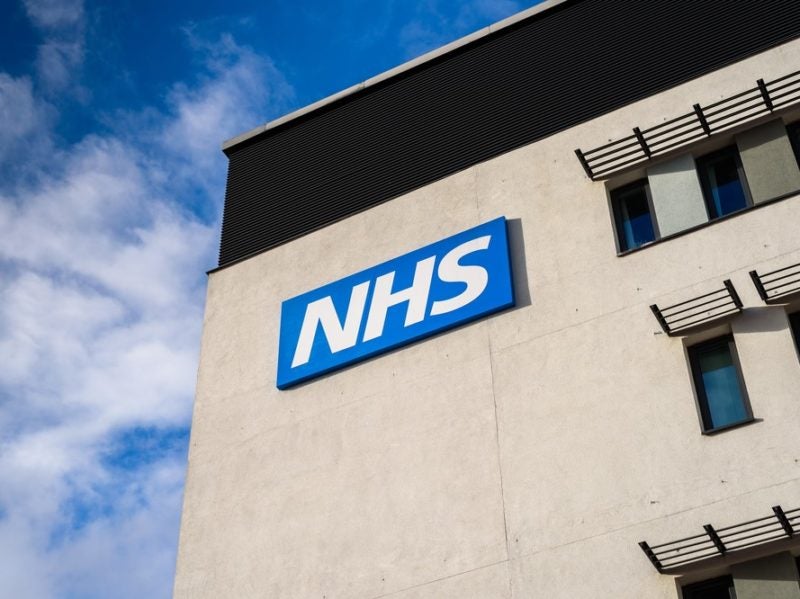
The cost of prescriptions dispensed in England in 2018 has fallen by 3.7% from $9.2bn in 2017 to £8.8bn in 2018, whereas the number of items dispensed has increased by 0.4% from 1.105 billion in 2017 to 1.108 billion in 2018, according to NHS Digital’s Prescription Cost Analysis (PCA) report.
According to ten-year data from prior PCA reports, there had been a steady decline in cost of prescriptions since a maximum of £9.27bn in 2015, which followed a few years of fluctuation, but mainly increase, from £8.33bn in 2008.
In terms of the number of items, there was a consistent, steady rise from 842.5 million in 2008 to the 1.108 billion 2018 figure.
Using the British National Formulary (BNF)’s classification of drugs into therapeutic classes, the PCA report found the cost of most drug classes followed the general pattern of decline from the 2017 figures, but increase from the 2008 amount.
The most costly class of drugs in 2018 were for the central nervous system with £1.51bn; these had declined from £1.81bn in 2017. However, they also declined in price from £1.73bn in 2008. Whereas the second most expensive class, endocrine system, experienced an increase from 2008, but a decline from 2017, and thus followed the general pattern.
Two drug classes that did not follow any of the 2018 pattern were gastrointestinal products and respiratory system. The cost of prescriptions for both in 2018 were lower than the cost in both 2017 and 2008.

US Tariffs are shifting - will you react or anticipate?
Don’t let policy changes catch you off guard. Stay proactive with real-time data and expert analysis.
By GlobalDataThe items section of the report also found that most drug classes followed the general pattern of increase from 2008 and 2017. The drug class with the most items dispensed in 2018 was cardiovascular products with 324.24 million; this was also the most common drug class in 2008.
However, immunological products and vaccines bucked the trend; there has been a steady decline in the number of these products dispensed since 2011. The 2011 figure was 15.02 million, compared to 13.32 million in 2017 and 12.82 million in 2018.
The PCA report measures prescriptions dispensed in the community in England and the cost figures are the net ingredient cos, which is the basic cost of the drug and not necessarily what the NHS paid.
The results of the 2018 report follow a similar trend in the 2017 report where the cost of prescriptions fell by 0.4% from $9.2bn in 2016 and the number of items rose 0.15% from 1.104 billion.



